How the World’s Youth Are Innovating, Adapting and Surviving in Their Fights Against Hunger
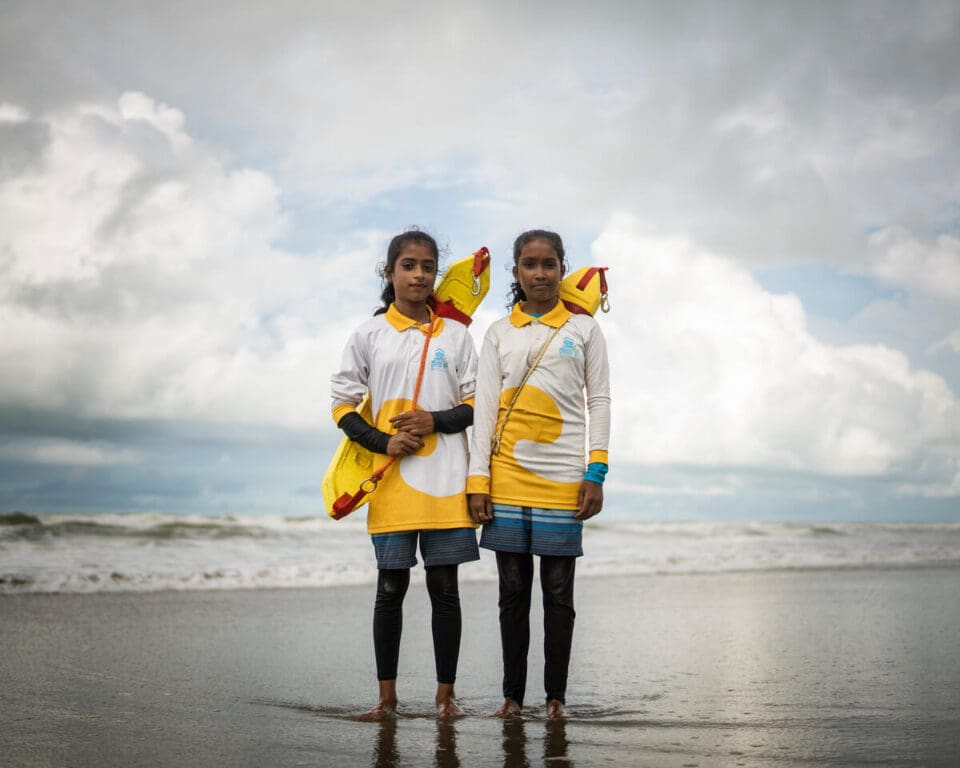
“Young people are on the frontlines of the struggle to build a better future for all.” – United Nations Secretary-General António Guterres
Children are a beacon of hope for a brighter, more sustainable and peaceful future. From school meals to agricultural equipment, the United Nations World Food Programme (WFP) provides the resources children need to not only survive, but to become the leaders of tomorrow.
In honor of World Youth Skills Day, here are four stories of young people around the world who are part of and participating in the solutions to childhood hunger.
Daniel in Zambia
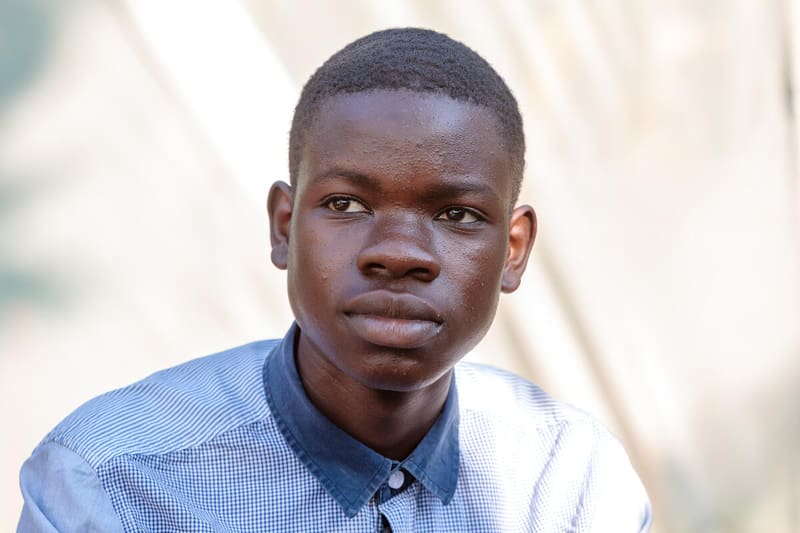
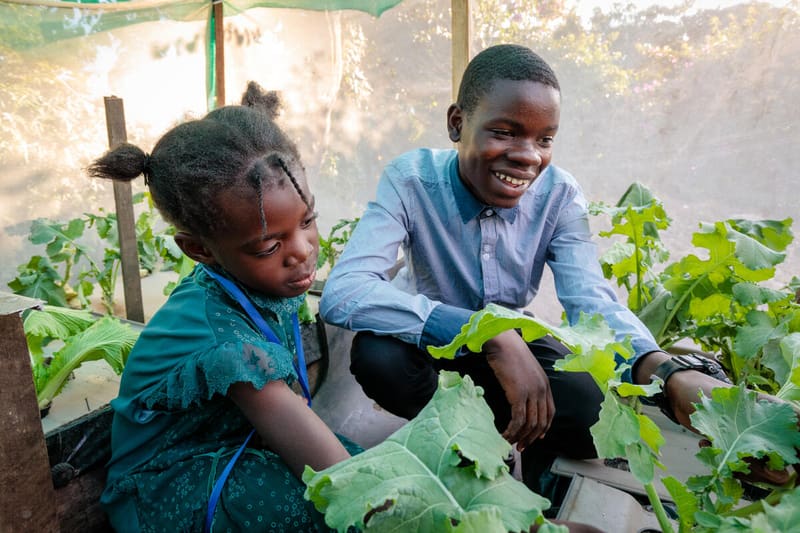
When he was just 16, Daniel began paving the way for sustainable, innovative solutions to food insecurity in Zambia.
“I was amazed when the U.N. World Food Programme came to set up the greenhouse at my school. I’ve learned a lot of new techniques,” Daniel explained. “I said ‘I have to try to do this.’…finally I made it and built my own greenhouse.’’
After receiving training from the U.N. World Food Programme in hydroponics technology, Daniel took the initiative to fashion his own greenhouse using recycled tires, wood, plastic and an old mosquito net. Now, Daniel finds the hydroponic vegetables tastier and more nutritious than traditionally grown veggies.
We provide communities with agricultural training, equipment and resources to improve their crop quality and ensure they have access to nutritious diets.
Students in Niger
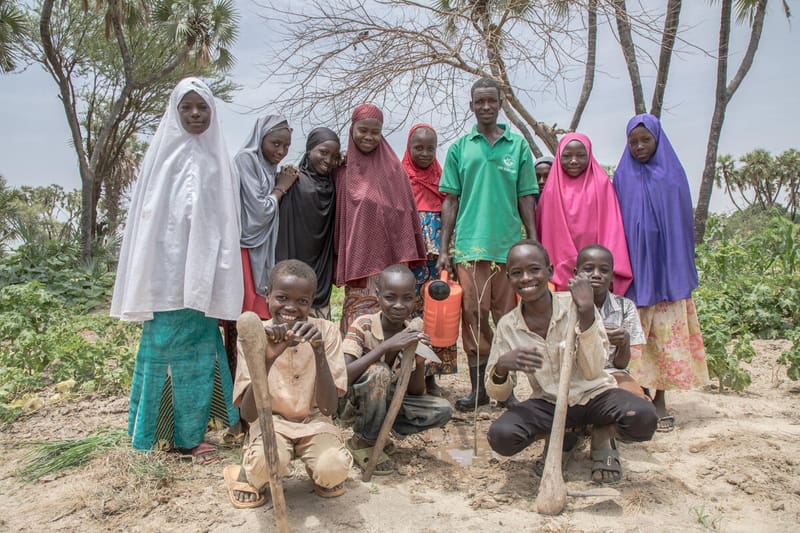
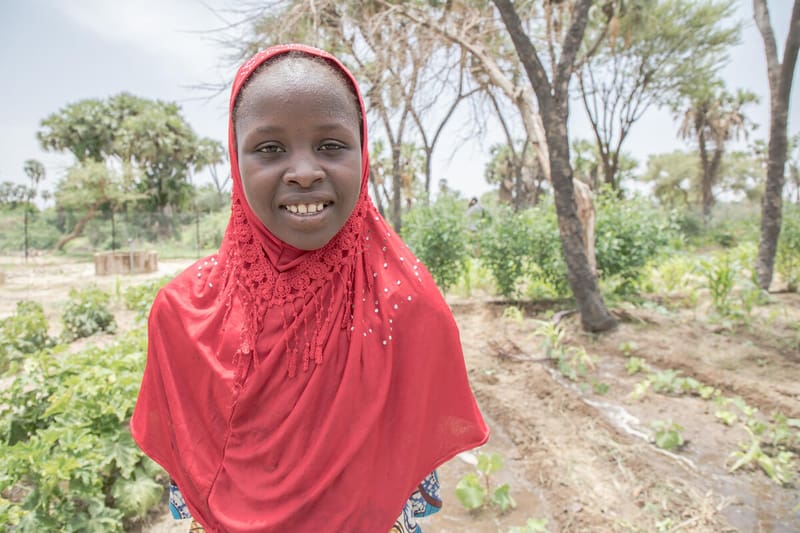
Every day, in the Zinder region of landlocked Niger, young students gather in their school’s garden to learn how to grow, harvest, preserve and prepare food in an environmentally friendly way. These gardens not only support school meals programs but also provide young people the opportunity to develop farming and business skills in a country where 80% of the population depends on agriculture for their livelihoods.
Our air-tight storage containers help farmers preserve their dried crops and cut their food loss from 40 to under 2%.
Huda in Yemen
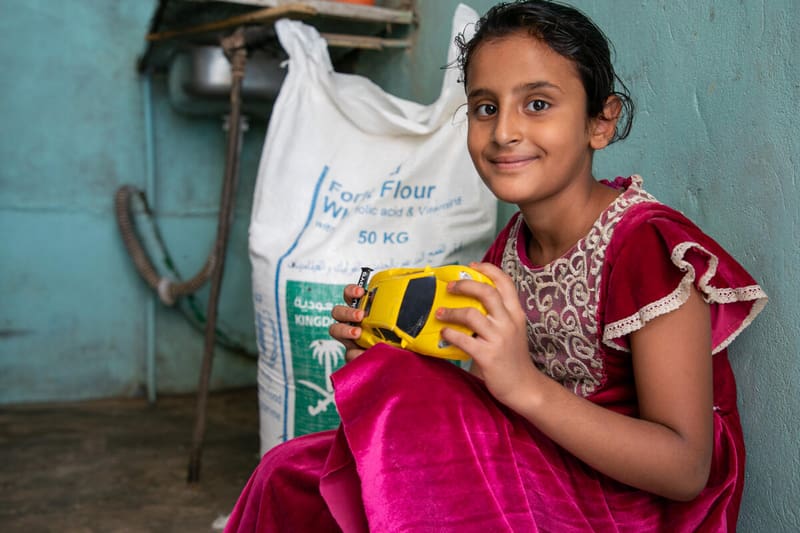
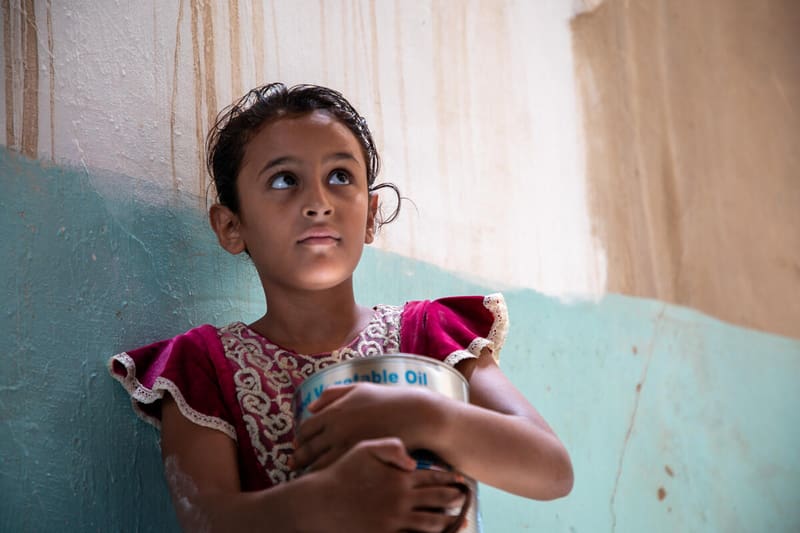
Huda dreams of becoming a doctor when she grows up so she can treat and help people. Her family lives in the Hareeb district in Marib, one of the most dangerous frontlines of Yemen’s war. Huda’s family receives a monthly food basket from the U.N. World Food Programme full of staples like beans, vegetable oil and wheat flour. Thanks to this food assistance, Huda has a healthy start at developing the skills to reach her dream of becoming a doctor.
In 2021, we provided food and cash assistance to 128 million people and distributed 4.4 million metric tons of food.
Mili and Anjuman in Bangladesh
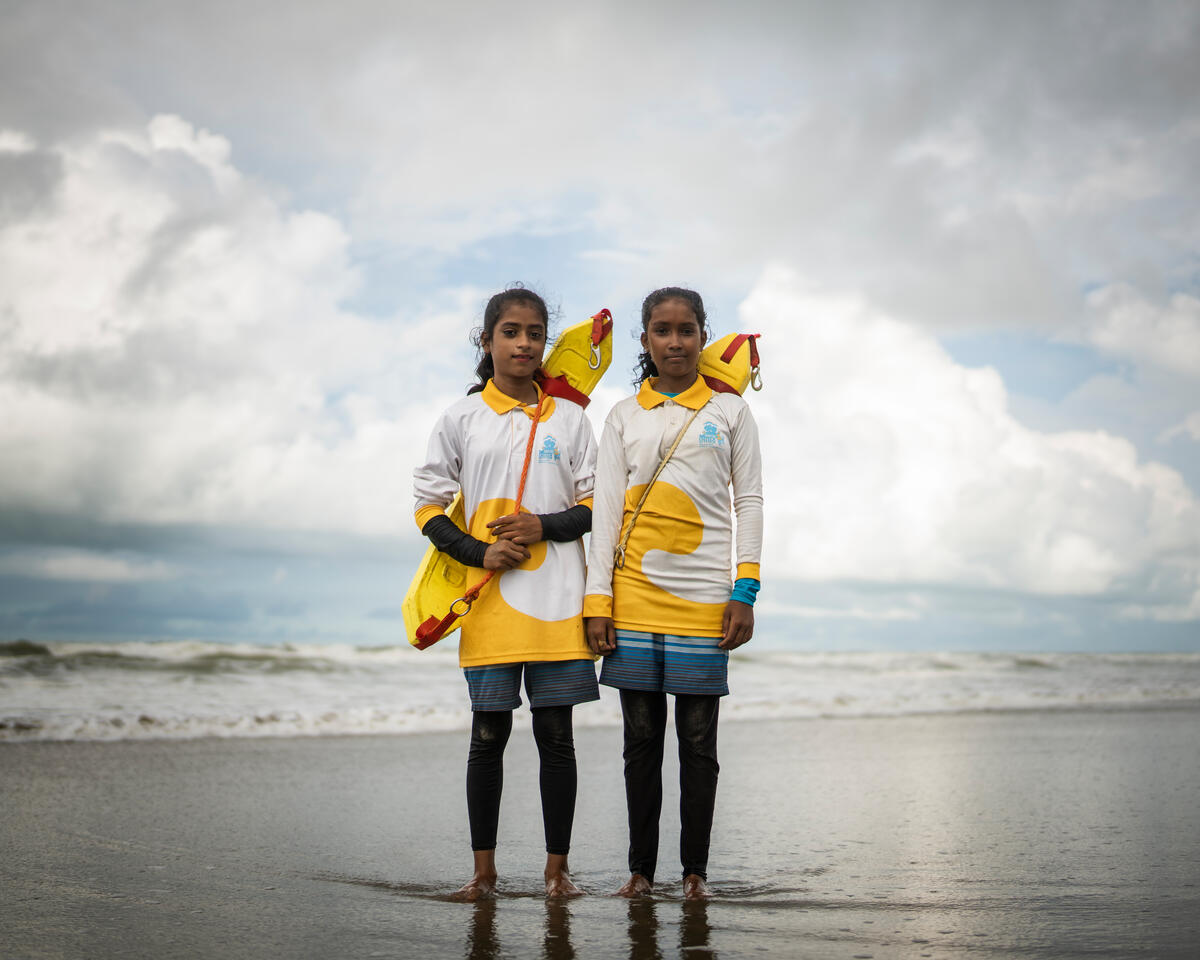
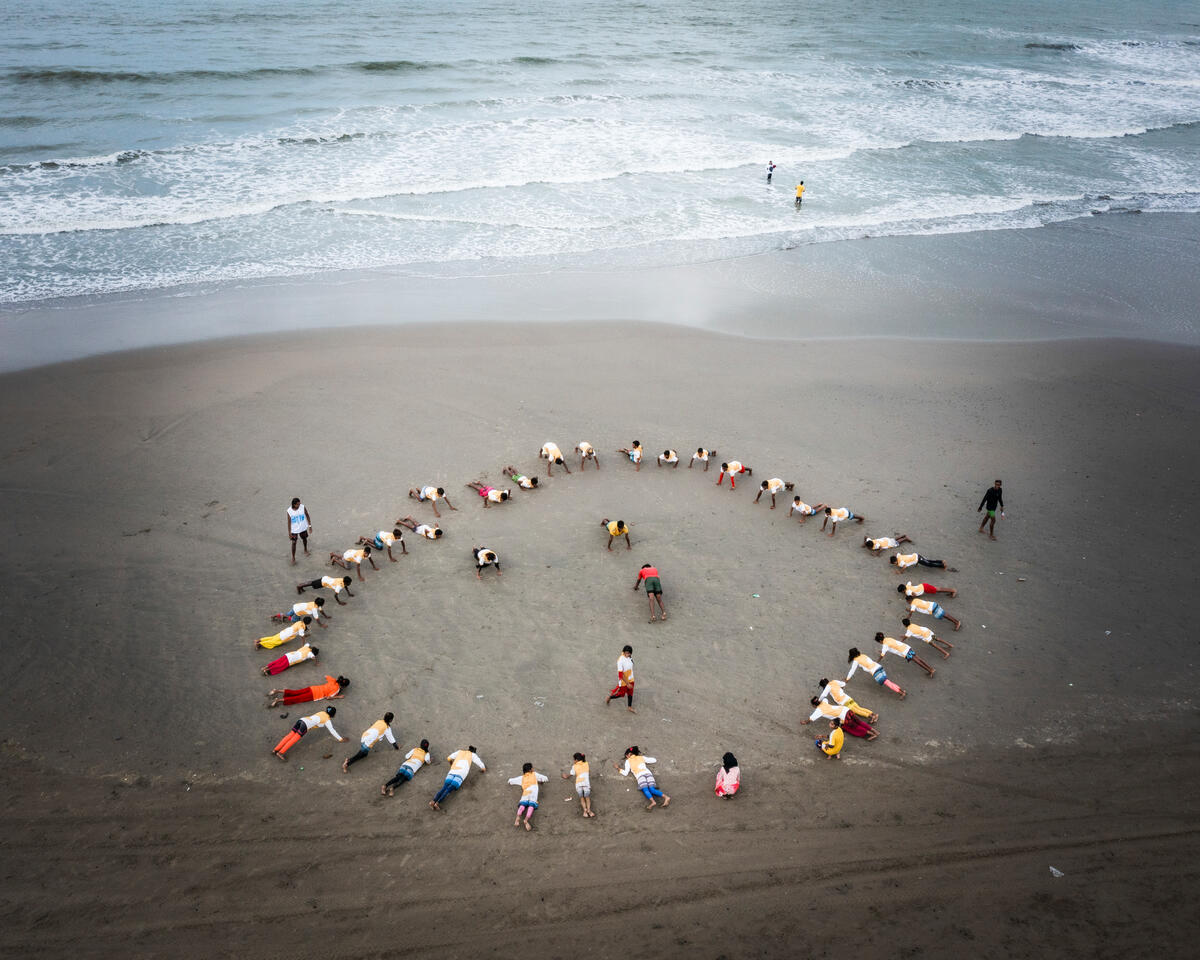
A talented singer and aspiring doctor Mili’s skills already abound at a young age. When COVID-19 disrupted Mili’s education and singing performances, she enrolled in the Surfers’ Megher School in Cox’s Bazar – a school that offers not only classes in English, Bangla and Math but lifeguard training, first aid and CPR. By regularly attending classes, Mili learned critical life skills and brought home monthly WFP rations for her family.
Over half of the people WFP supported in 2021 were women and girls – nearly 68 million to be exact.
We work every day to feed children’s dreams so young boys and girls like Daniel, Huda and Mili can lead lives safe from the effects of hunger. Visit our Childhood Hunger hub to learn more.




